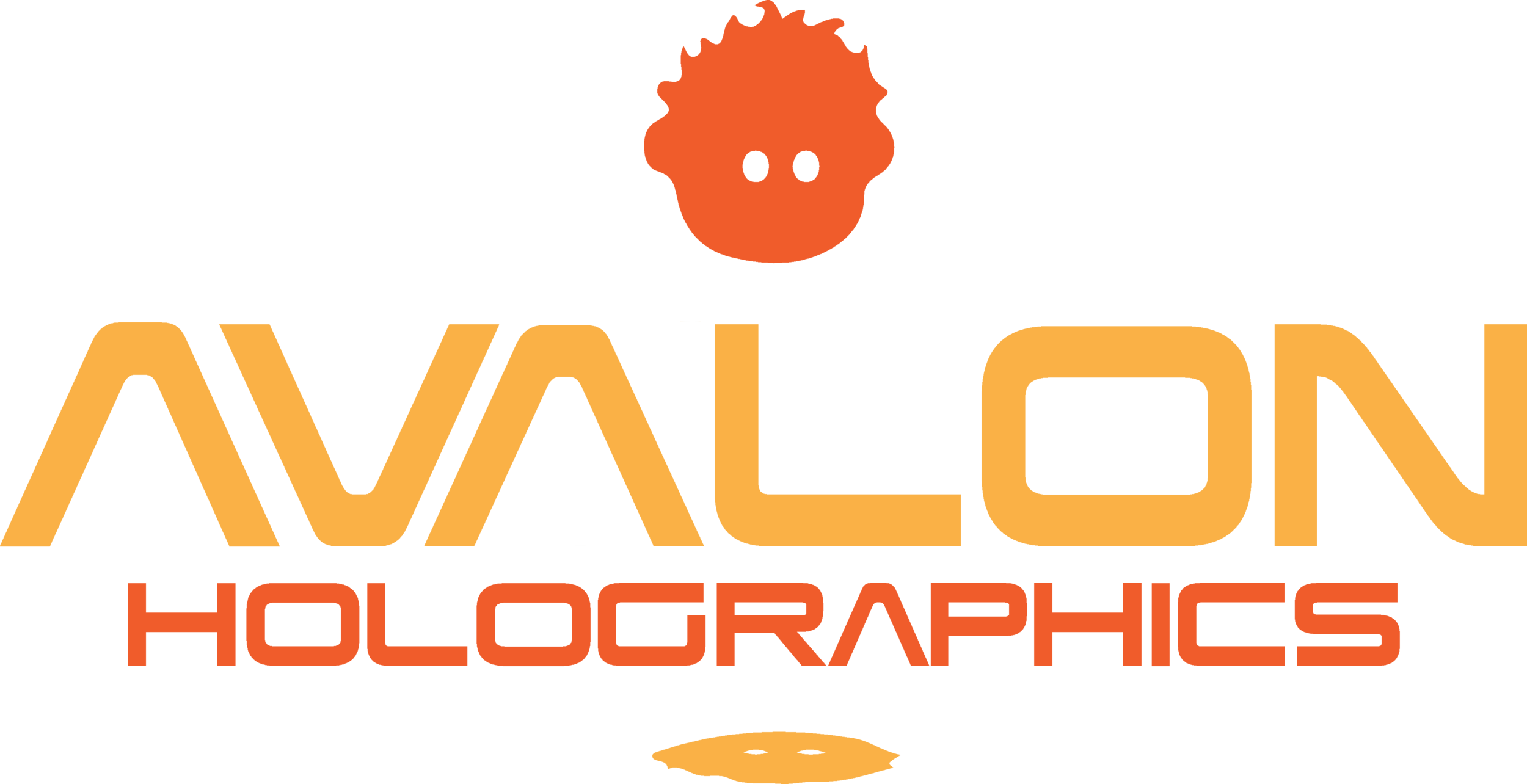INTRODUCING THE HOLOPIXEL
When we set out to create a natural 3D light field display, we were venturing into uncharted waters. Many have attempted (with varying success) to bend the rules to achieve near 3D experiences, but few have embarked on a mission to build a holographic display using light field technology from the ground up. This is why many of the “holograms” that we see today are impressive yet limited manipulations of traditional 2D display technologies.
To create a true holographic experience, you have to obey the “eye-line” rule. Which means, to create a hologram, the viewers’ eyes must be able to see a projection of light. This seemingly simple concept presents complex challenges when the theory and real world collide.
To produce high quality holographic images, massive amounts of light must be produced, projected, and more importantly, controlled. Here at Avalon Holographics, we have invented and patented a number of novel technological solutions that allow us to do exactly that.
Meet the Avalon Holographics “HoloPixel”. Invented by a team of Avalon scientists and engineers, the HoloPixel is one of the patented technologies that allows us to bring true holographic experiences to life. A HoloPixel is conceptually similar to a “Hogel”, which is generated by traditional microlens techniques. At Avalon, we distinguish HoloPixels by the use of a novel directional element-based light-steering technology.
Normal pixels in a display control colour and intensity, but do not control direction. The light from those pixels emits in all directions. That’s why images that you see on a 2D screen appear flat. Both eyes, no matter where you look on the screen, see the same array of pixel colours and intensities, regardless of the angle from which you view the pixels or the display. Alternatively, our HoloPixel allows us to precisely control the colour, intensity, and direction of light from a single point, across a wide field of view.
The HoloPixel array is, in essence, a cluster of directional pixels that can present a different colour and intensity from a single point on the display, based on the viewing angle. A display's fidelity is based on packing as many individual pixels as tightly as possible within a given screen area, and then applying different optics configurations to define that display's light field parameters. Therefore, pixel density is essential to display fidelity, and a seamless 3D experience - with depth, texture, and motion - for all viewers within the field of view.
We have been granted two United States patents for the Directional Pixel for Multiple View Display (HoloPixel). The first (US 10,244,230) was granted March 2019 and a second was granted in January 2020 (US 10,536,688), followed by granted Korean (KR10-2019-7027011) and Japanese (JP2019-547993) patents in 2020.

